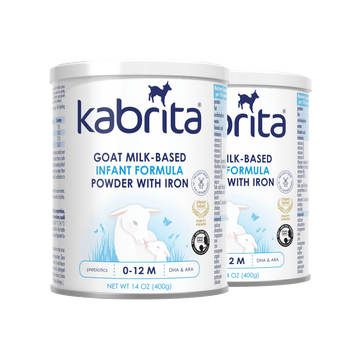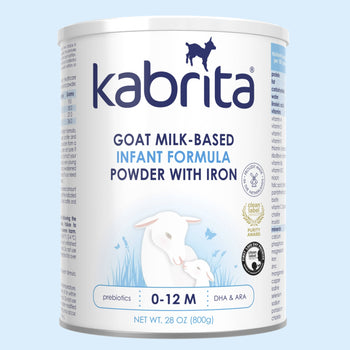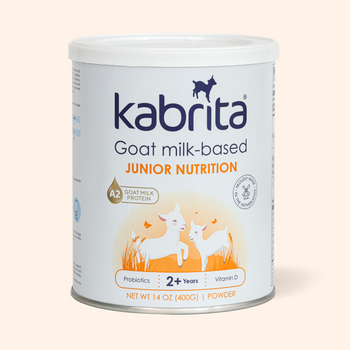Your Toddler’s Gut Health: Leaky Gut 101

How to spot “leaky gut syndrome” in children – and how treatment may help heal tummy troubles, rashes, and chronic congestion.
Health-conscious grown-ups have started paying a lot more attention to their gut health – and it warrants looking at for toddlers, too. While mild to moderate digestive, skin and respiratory symptoms in children can seem to come from nowhere, they can stem from issues in the digestive system – specifically a condition known as “leaky gut syndrome”, which can be caused by a number of factors, including food sensitivity.
A key feature of a healthy gut is that it is selectively permeable – meaning that it allows for the absorption of nutrients, but it does not allow toxins, pathogens (i.e. bacteria, virus, fungus), or large food particles to pass through it into the bloodstream. With leaky gut syndrome (more formally called intestinal hyperpermeability), this mechanism is compromised.
What Causes Leaky Gut?
There are a number of factors that can cause the irritation of the gastrointestinal tract (GIT). In a healthy gut, a system of enterocytes and villi create “tight junctions” that allow for selective permeability. When these are damaged, the tight junctions loosen and the GIT is no longer able to keeps certain elements out and may release food particles (like proteins) into the bloodstream.
Some of the most common triggers for gut irritation in children can include:
- Food intolerances or sensitivities (most commonly cow milk, soy, wheat, and eggs)
- Certain medications
- GIT infection
- Dysbiosis (an imbalance between the good and bad bacteria in the GIT)
- Nutrient deficiencies
How Does Leaky Gut Affect Health?
When food particles pass through a leaky gut, the immune system is triggered and this can lead to inflammation. The tissues most often affected are in the gut, lungs, ears, nose, and skin.
Inflammatory symptoms associated with leaky gut may include eczema, rashes, mucous congestion, asthma, diarrhea, constipation, and abdominal pain/colic. And because damaged enterocytes and villi are unable to adequately break down food, further irritation by food particles ensues, and the cycle of leaky gut continues, creating a vicious cycle.
Healing The Gut
The best path to healing the gut depends on the cause, but the guiding principle is to remove agents that could be agitating the gut and add elements that can help the gut heal itself. Determining the root cause of tummy troubles in toddlers may require careful evaluation, so it’s important to work with a health professional.
A useful starting point to see a potential relationship between foods and symptoms is to keep a 7-day diet diary (keep in mind that it may take a few days to develop symptoms related to a food trigger). Since goat milk proteins form a gentler curd in the tummy and are degraded faster than cow milk protein, goat milk may be a solution for children with troubles associated with cow milk consumption*.
One of the best ways to advocate for your child’s health (and your own!) is to empower yourself with a deeper understanding of how the body works. Making small changes to diet and lifestyle can result in big health wins. For a more in-depth look at symptoms that may be associated with leaky gut in toddlers, please visit our Symptom Spotlight pages.
Kabrita Goat Milk Toddler Formula may be an option for little ones during feeding transitions, such as weaning and supplementing, or those with minor issues associated with cow milk sensitivity*.
*Not suitable for children with confirmed cow milk protein allergy



